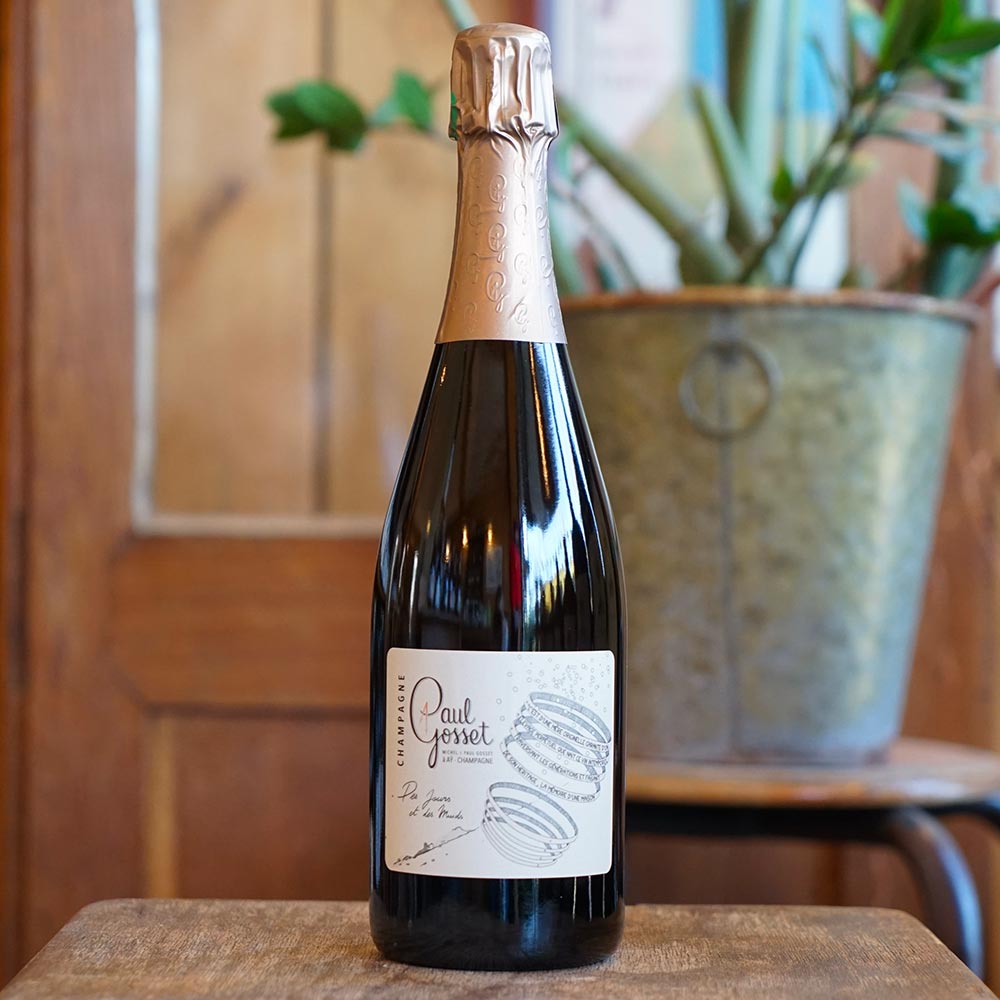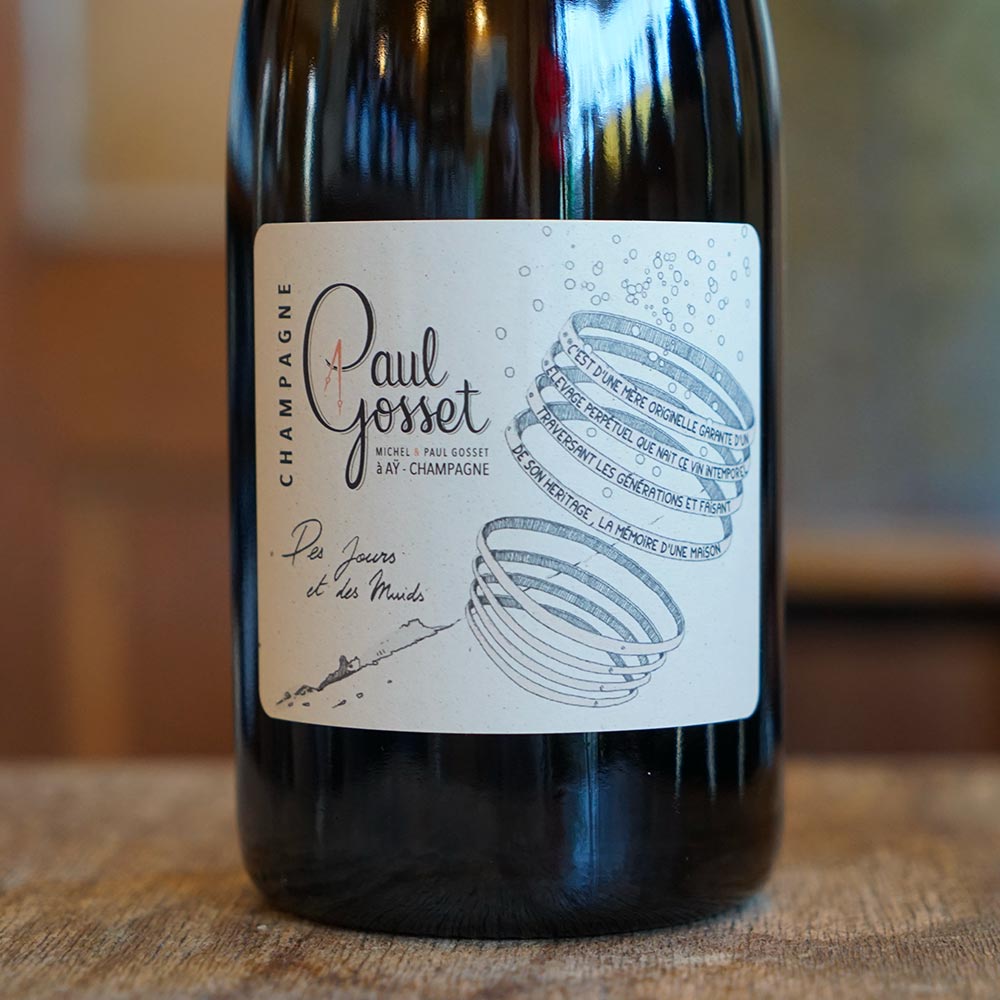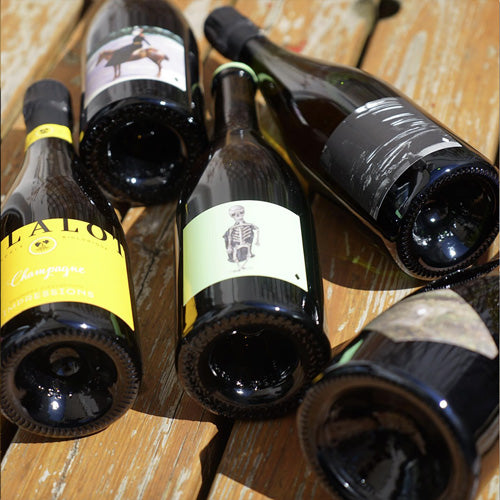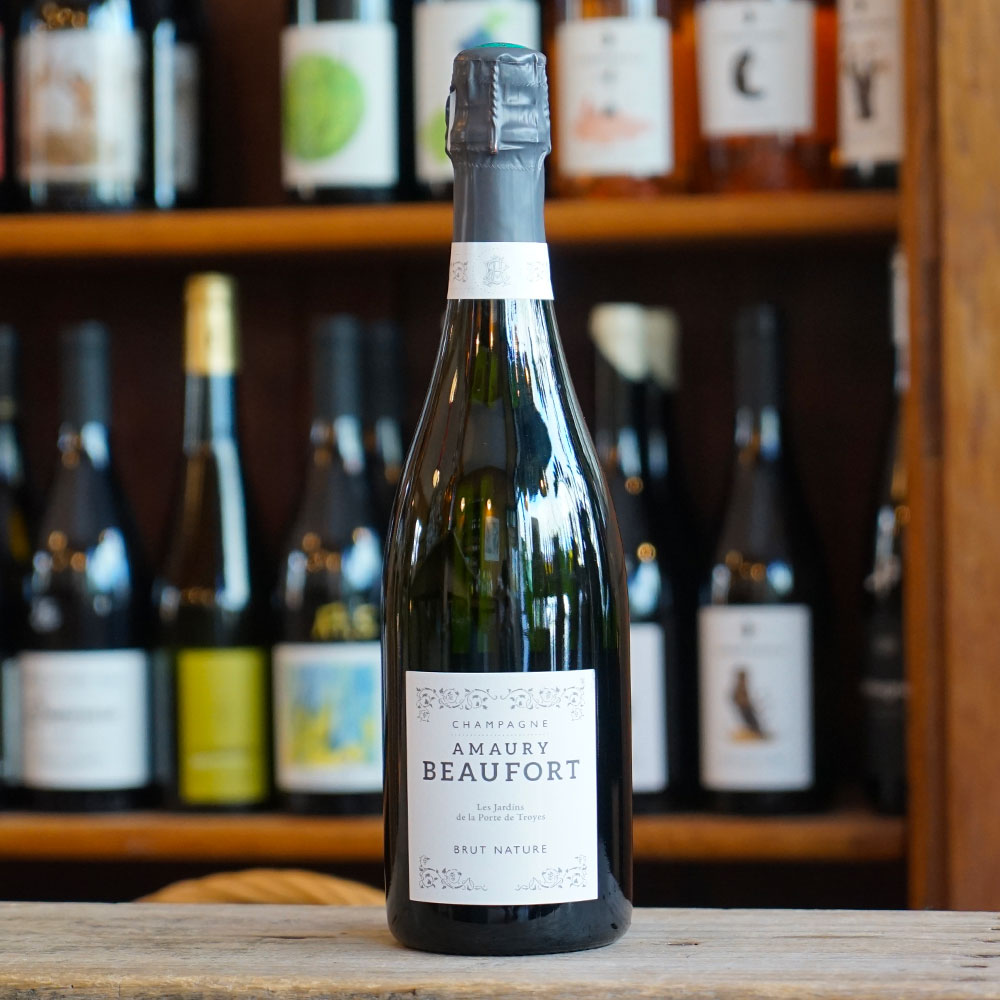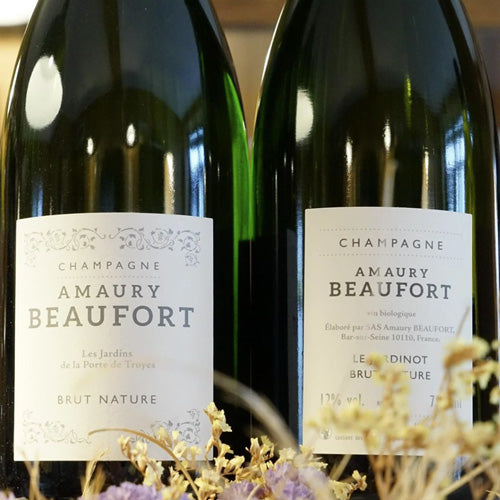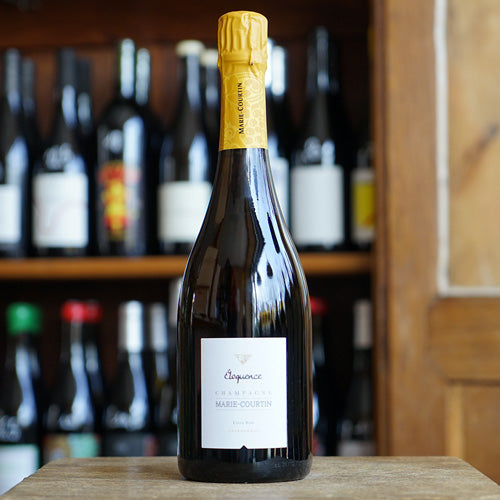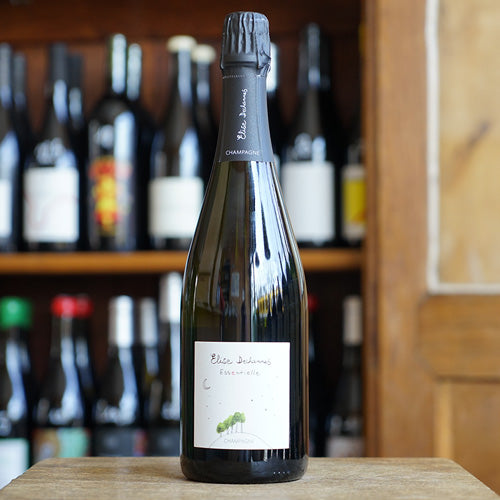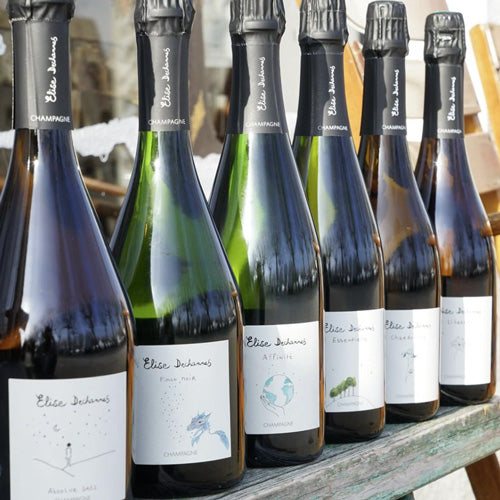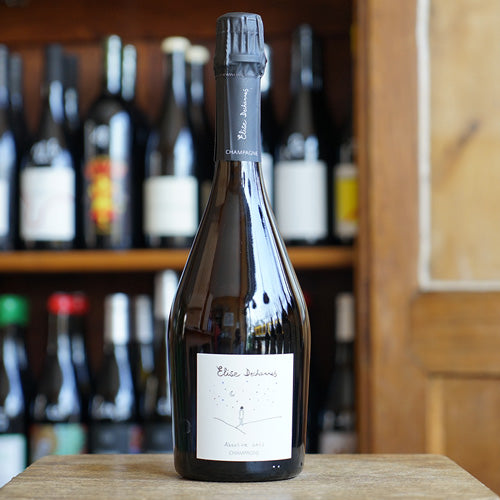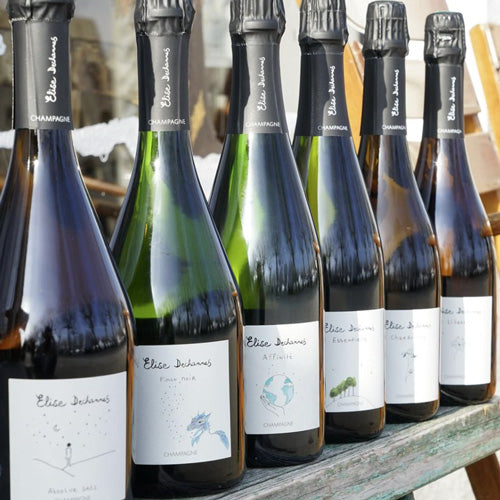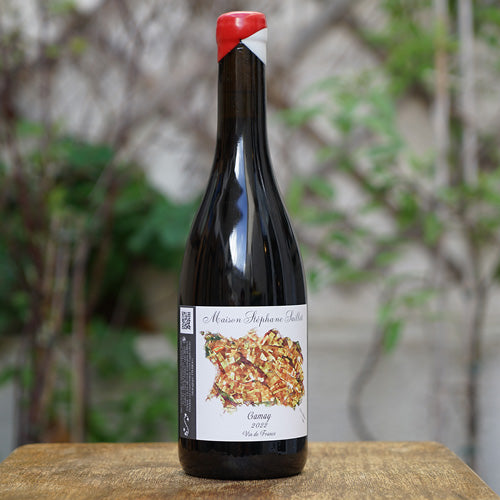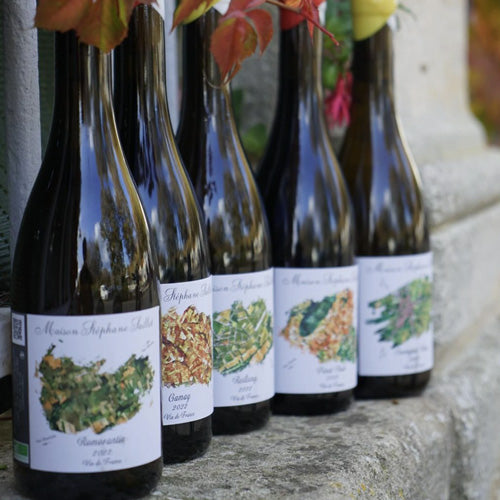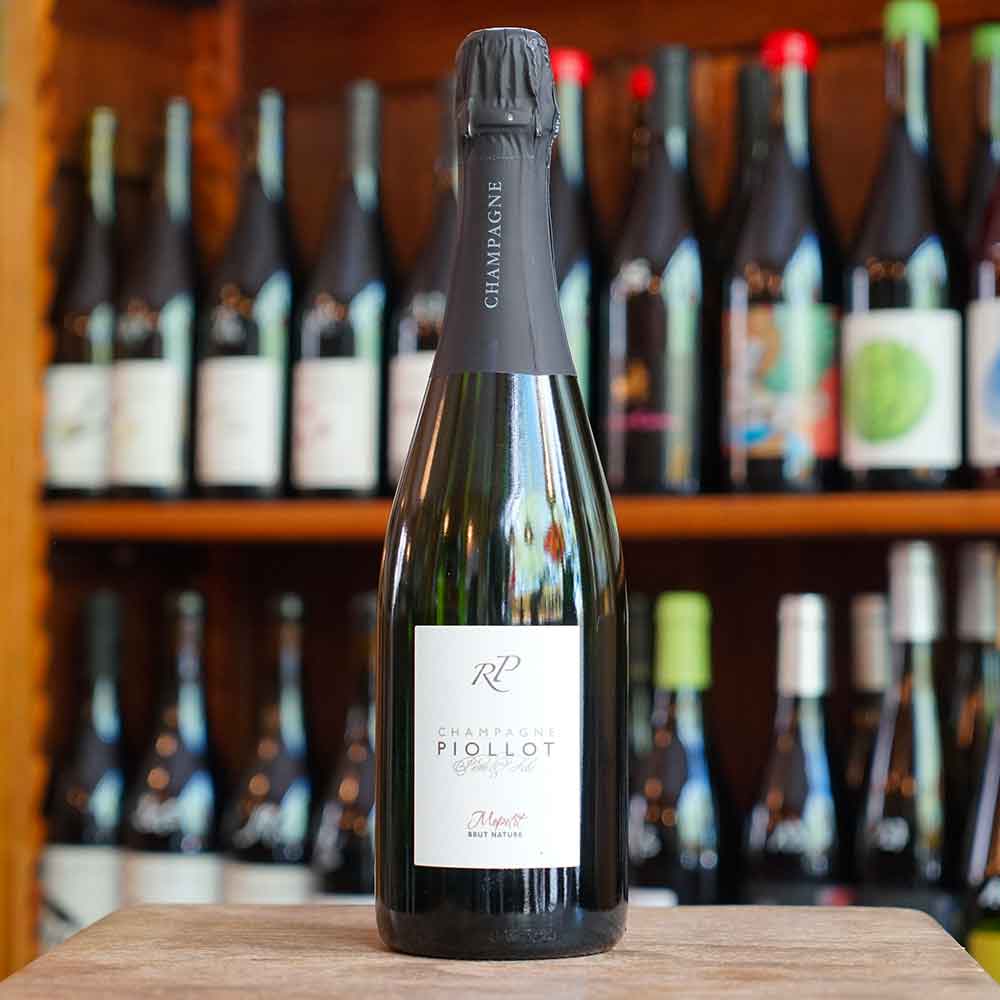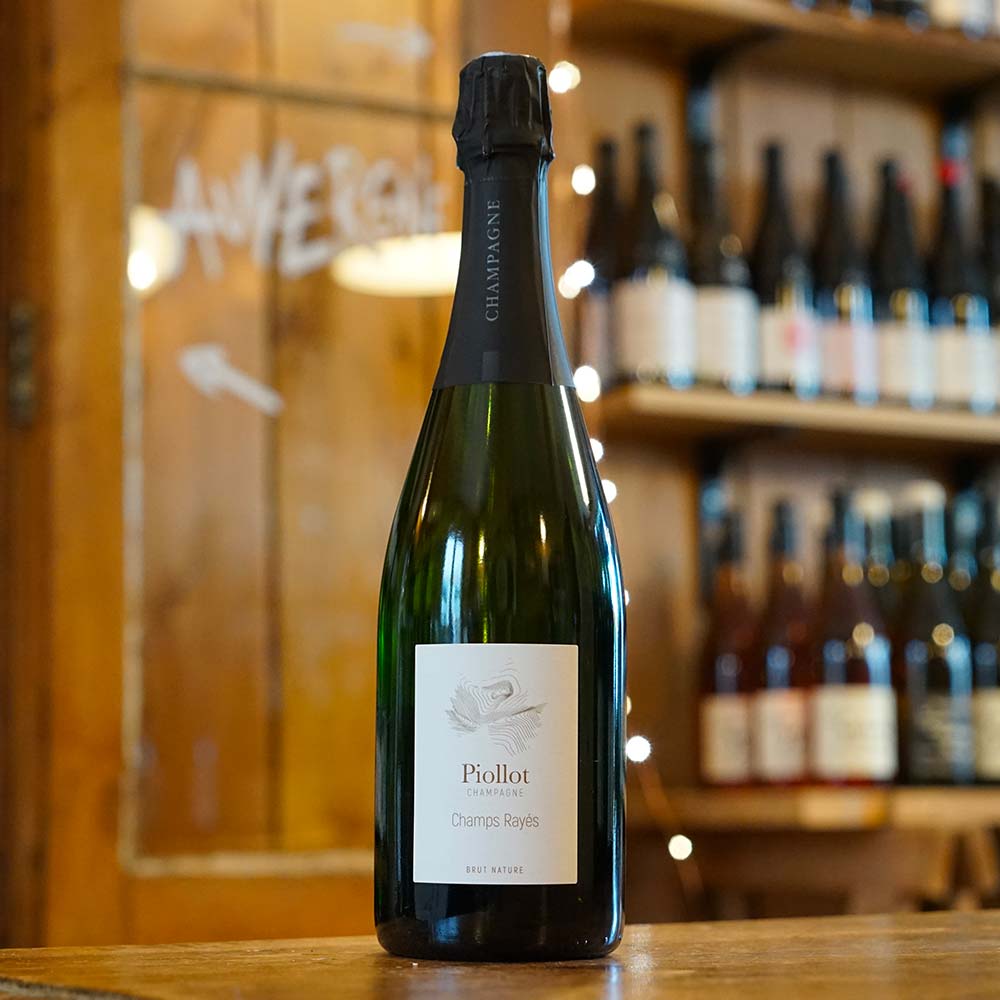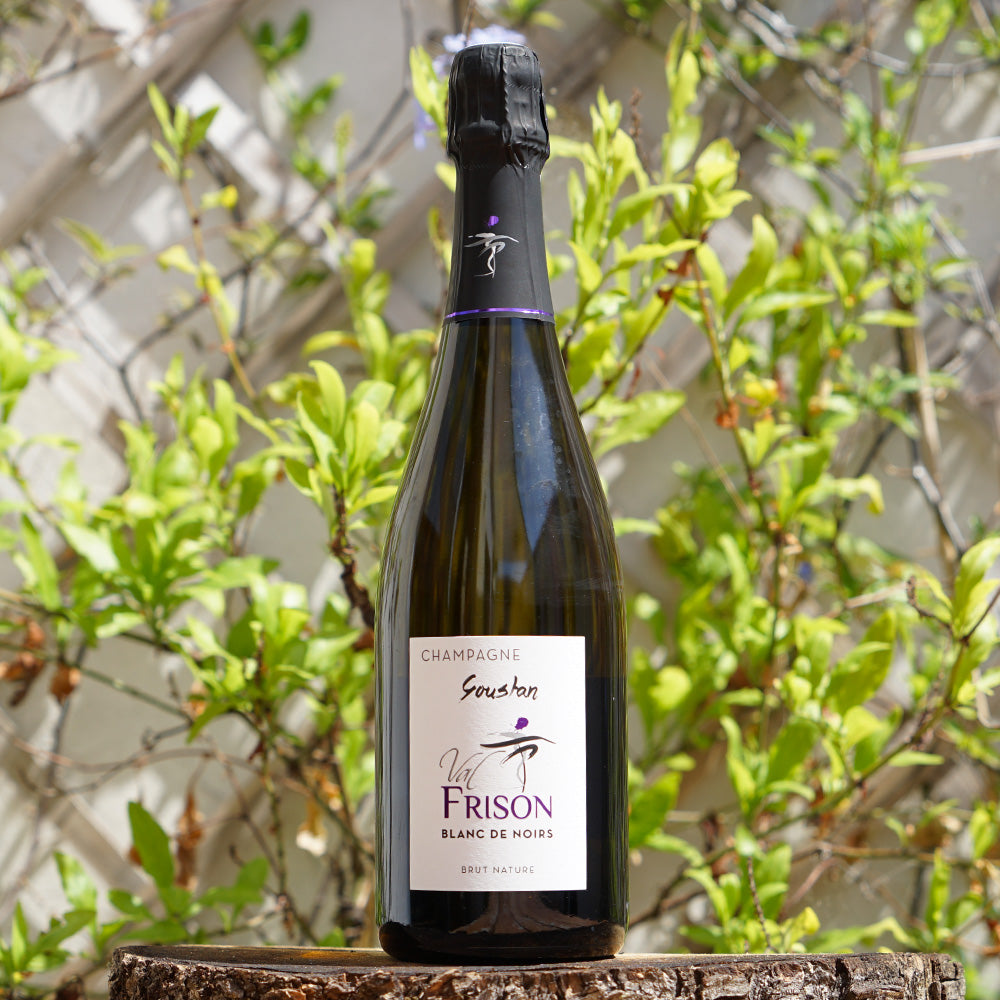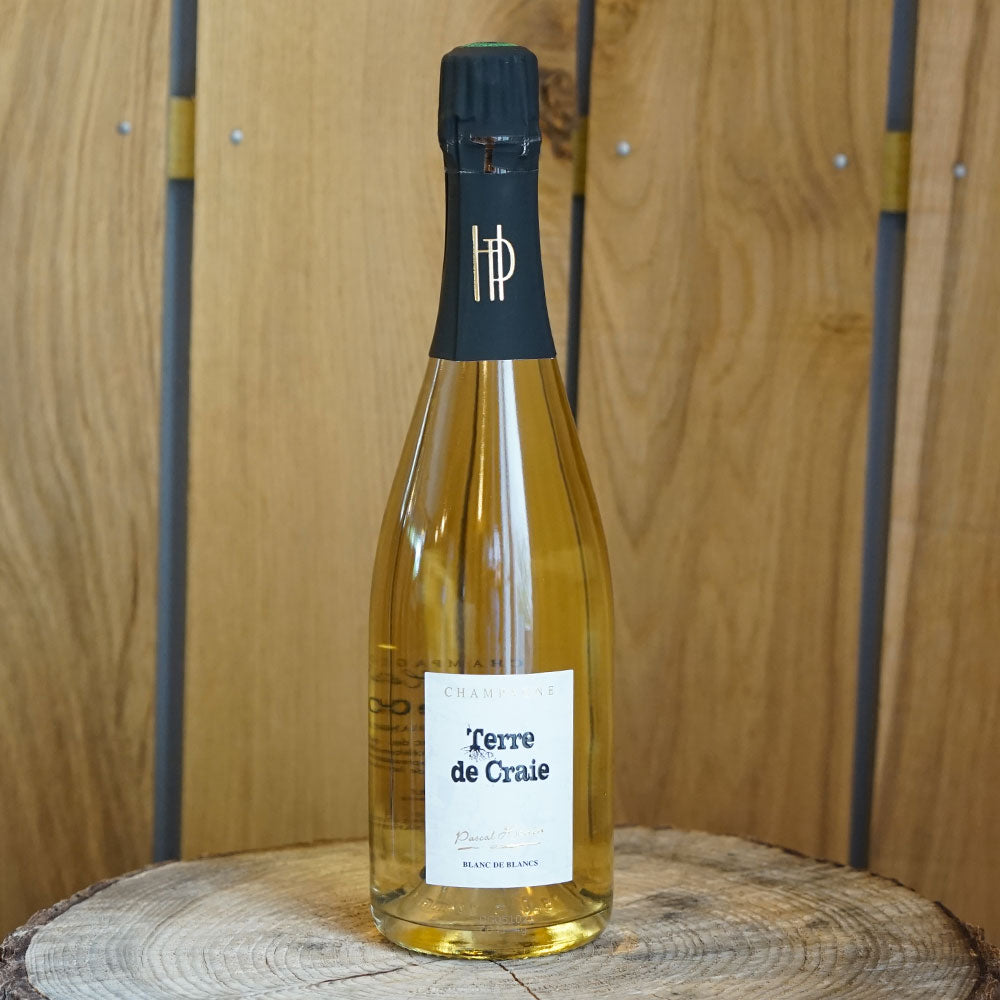Natural Champagne Wine
A true mosaic of micro-terroirs which are sometimes located more than 200 km from each other, the Champagne vineyards are crossed by rivers and dotted with multiple hills that we call hillsides. This majestic vineyard is located in five different departments ranging from the Marne department, from Aube to Aisne via Haute-Marne and Seine-et-Marne.
It is divided into four production areas: the Montagne de Reims (its cultural capital), the Vallée de la Marne, the Côte des Blancs and the Côte des Bar.
Each, of course, has its own soils, its own histories and cultures…!
Marly, clayey and sandy soils in the Marne Valley, outcropping chalk on the famous Côte des Blancs, marl for the Côte des Bar and finally buried chalk on the Montagne de Reims. Each production area therefore has its own character, whether in terms of soil, subsoil or even relief.
Here three main grape varieties mainly share this vineyard: Chardonnay, Pinot Noir and Pineau Meunier.
The Chardonnay with which we produce champagnes with the name “Blanc de Blancs”, when it is a single grape variety, presenting an inimitable and lively profile like "Chardonnay 2018" from Elise Dechannes, or even the wines from Stéphane Régnault in Mesnil-sur-Oger. Chardonnay thus gives wine profiles on tension with notes of evolution on fruits and white flowers, minerality and oxidative evolutions on buttery and milky notes.
Then it is Pinot Noir and Pinot Meunier which are then mainly used to bring vinosity, depth and character to the Champagnes.
They can also be found alone, as a single grape variety, in so-called Blanc de Noirs vintages, generally bringing a more delicious complexity to the wine. Thus, the Champagne cuvée Les Meuniers from the young Domaine de Bichery in Aube which, just like Marie Courtin and her cuvée Concordances, gives Pinot Noir and Pinot Meunier the elegance of the great natural wines of Champagne.
Flavien Nowack, for his part, for his cuvée La Fontinette, worked Pinot Meunier biodynamically to offer a great champagne with an almost smoky nose and a winey and delicious aroma.
On the other hand, we have witnessed the rise in recent years of blended rosé Champagnes, resulting from an addition of red wine to a Champagne, bringing volume and delicacy to the wines: the cuvée Les Vignes de Charles de la Clément Piconnet is the perfect example.
Note the reappearance of old “forgotten” grape varieties such as Pinot Blanc, Arbane or Petit Meslier which are coming back into fashion thanks to the work of the new generation of Champagne winegrowers who decide to dust off the image of this vineyard which could have seemed a little sleepy at one time. It is now the turn of the daughters and sons to recover the family estates and often convert them to organic, biodynamic or even natural agriculture. This is how, for example, the Piollot family offers us the Cuvée Colas Robin in 100% Pinot Blanc, a racy, mineral and gastronomic biodynamic Champagne.
Olivier Horiot, who took over from his father Serge, offers us a biodynamic cuvée in 100% Petit Meslier, bearing the very name of this grape variety and allowing us to discover a fine, lively natural champagne with a spicy aroma.
But the Champagne vineyards also produce quiet natural wines, more discreet on the national scene, called Côteaux Champenois. With a great Burgundian influence, they offer us very beautiful vintages of natural wines such as the Vin de Comptoir vintage by Charles Dufour, which reveals a natural white wine with distinguished, elegant Champagne aromas and a beautiful finish, full of tension.
To discover a wider selection of natural Champagne wines, visit Vinograf.

